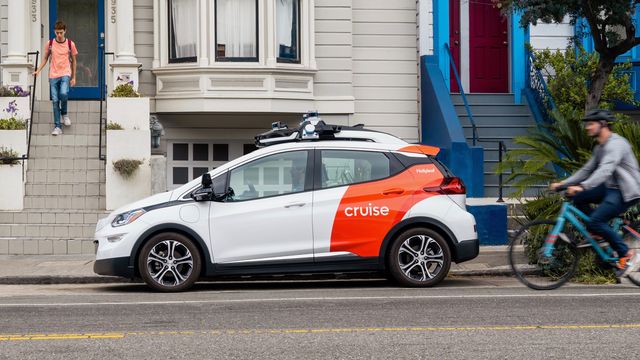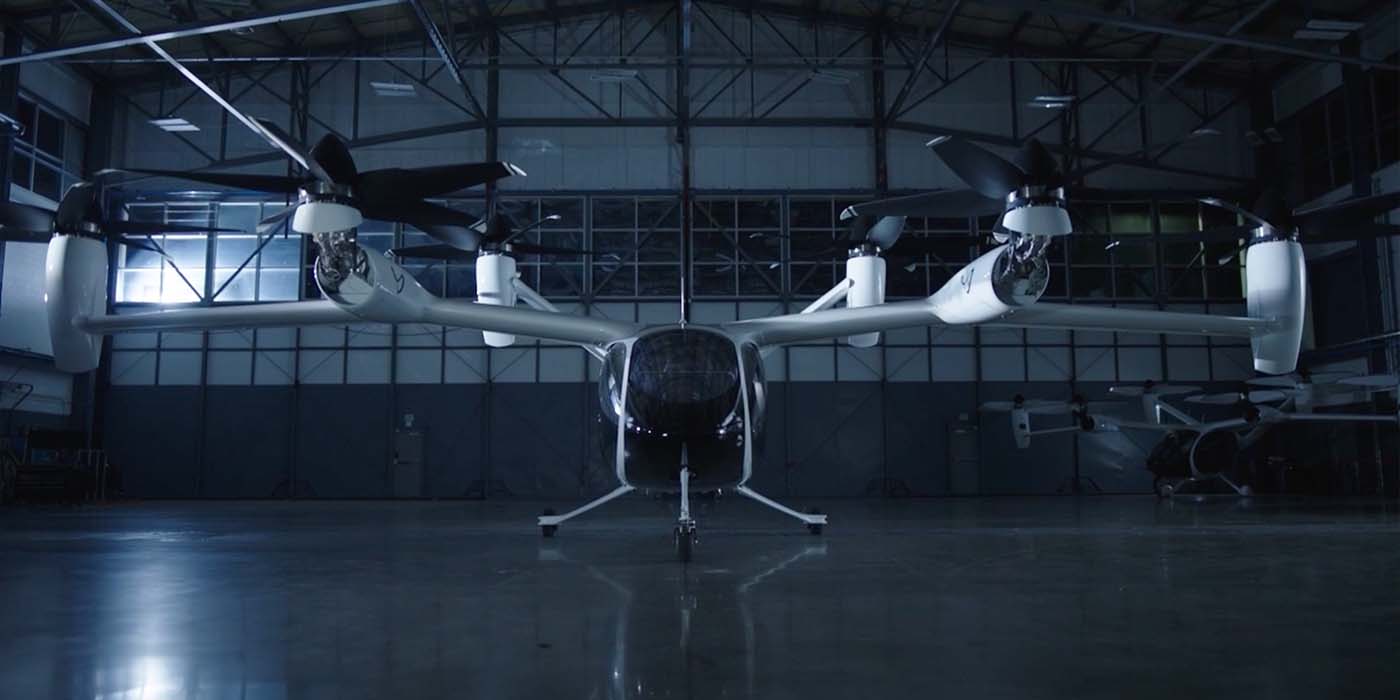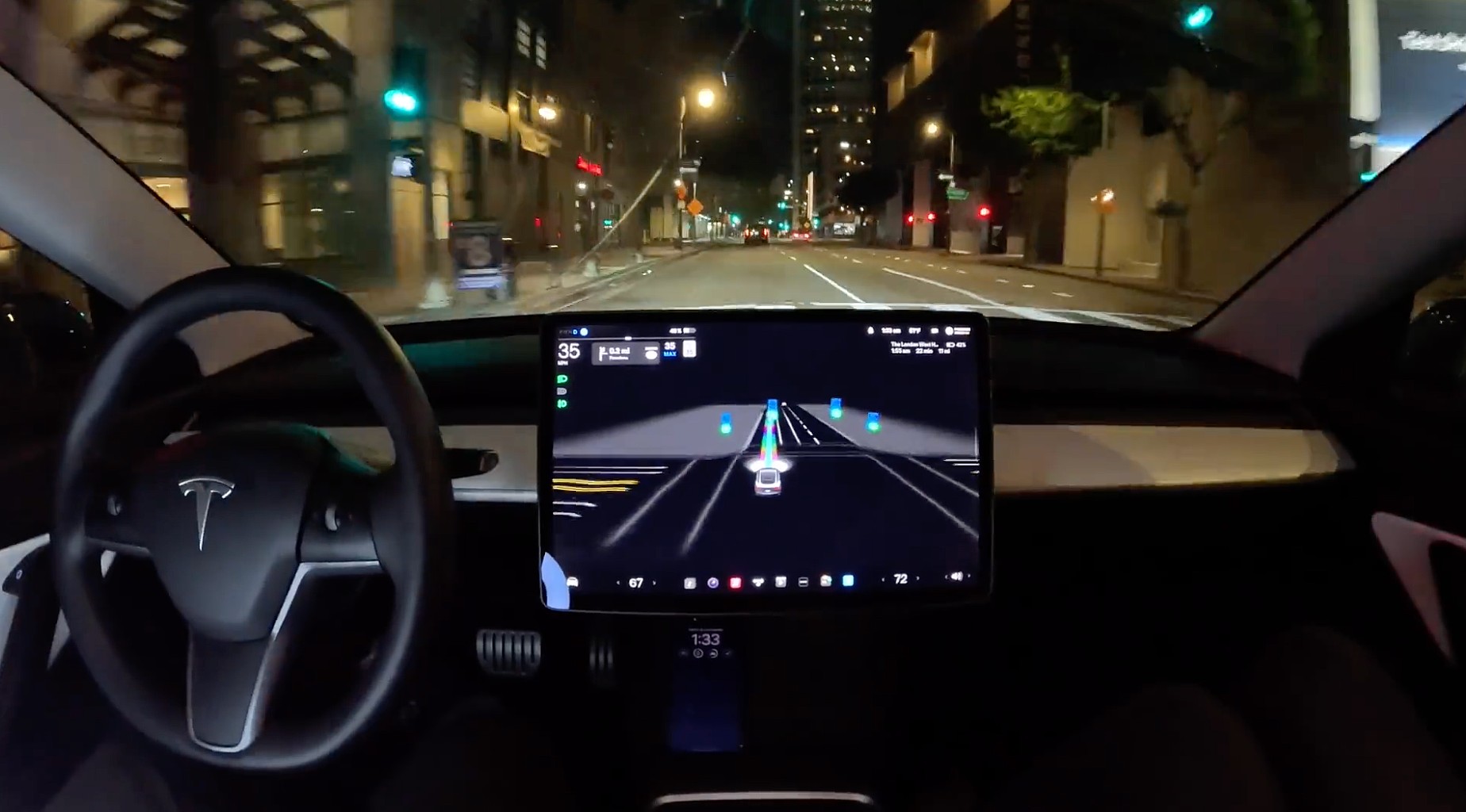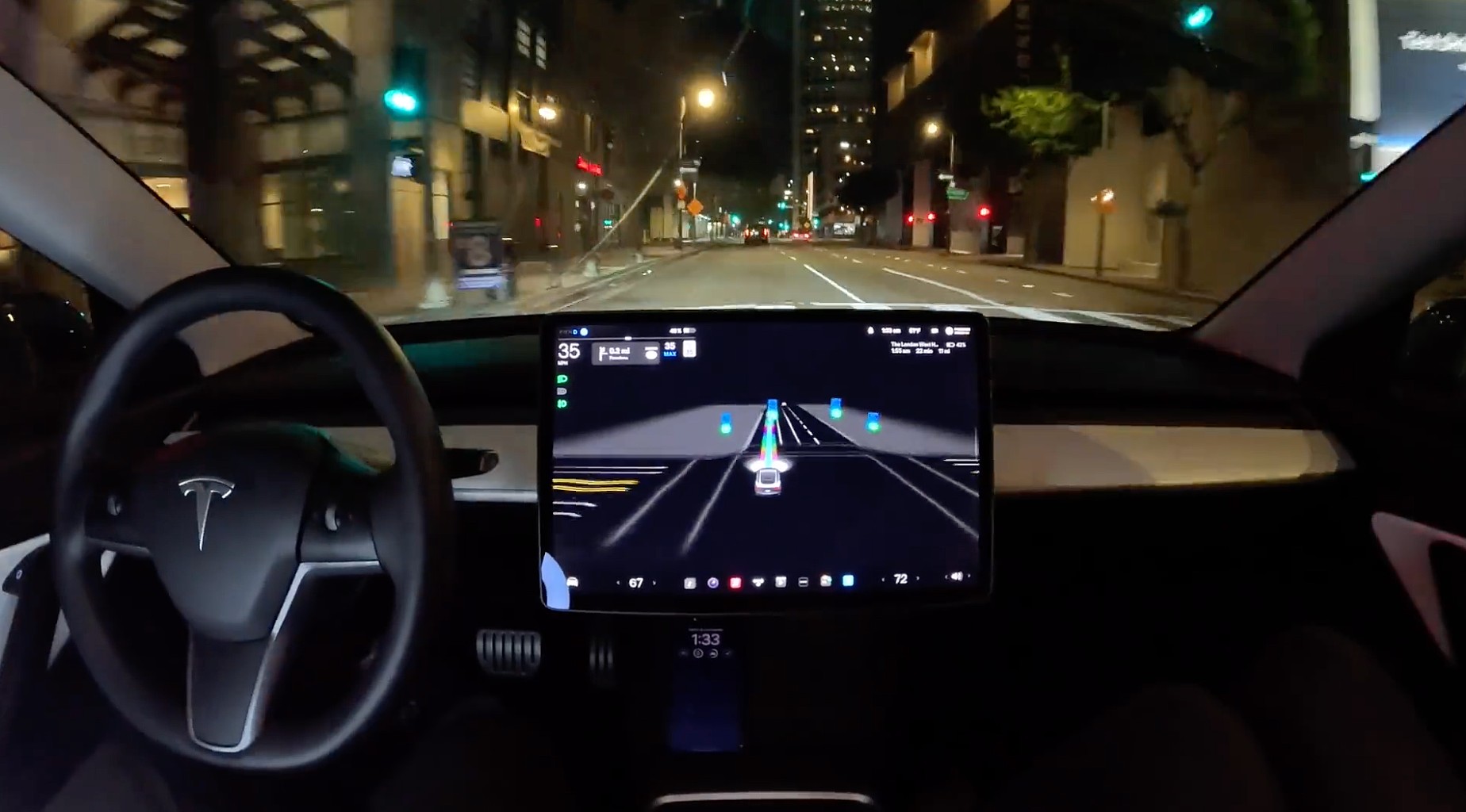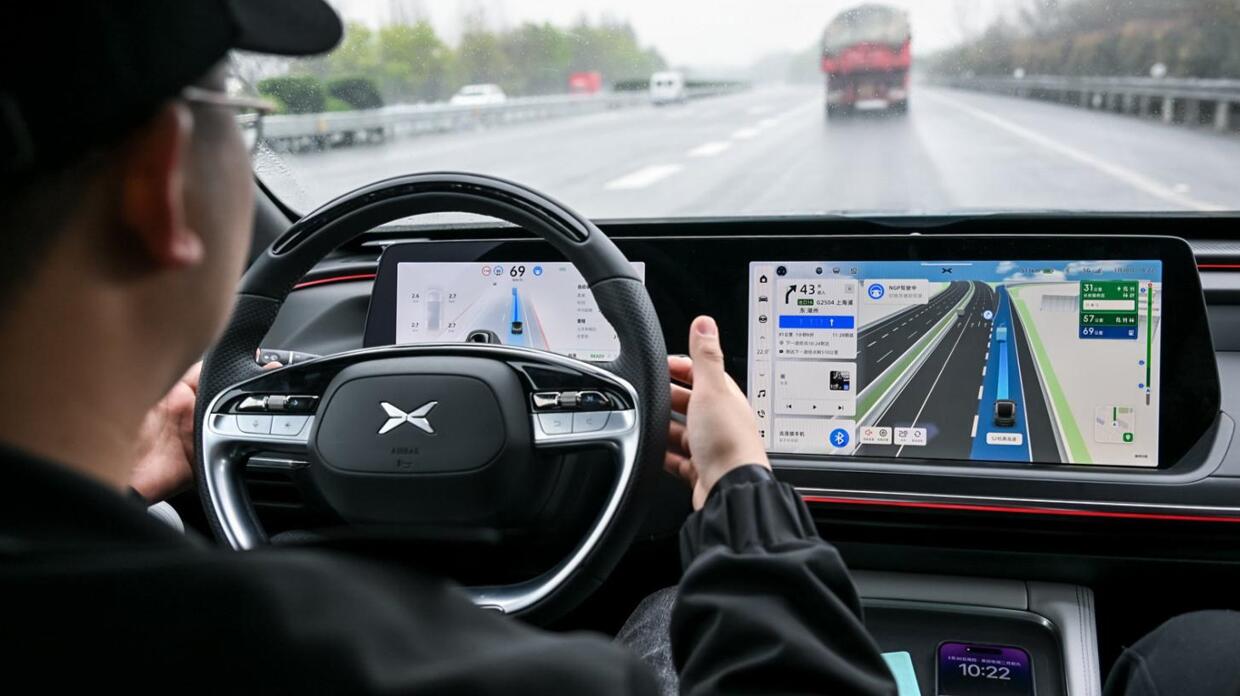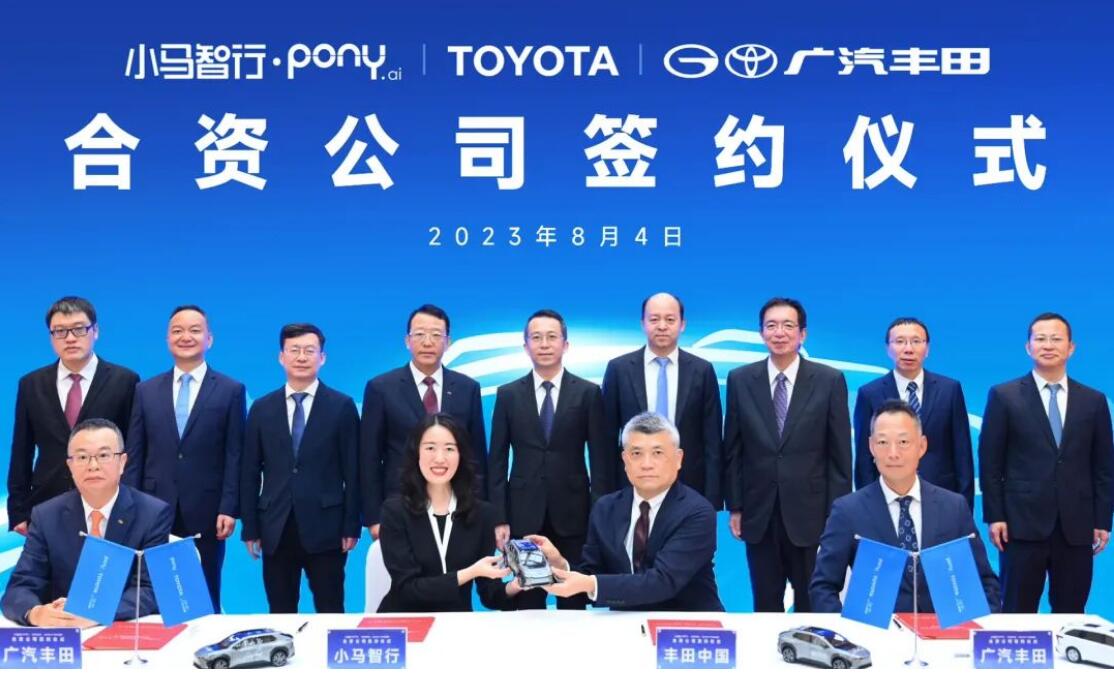Cruise, the autonomous driving division of General Motors has started initial testing and data collection in Miami, marking a another step in the company’s expansion beyond its home base in San Francisco.
The first phase of testing in Miami aims to familiarize Cruise’s fleet with a diverse range of road conditions while gathering essential data. While the company has been tight-lipped about the specifics of Phase 2 and the exact timeline, the move represents a promising advancement towards the ultimate goal of providing driverless ride-hail services to the public.
See also: Cruise’s Autonomous Driving Service Surpasses Three Million Driverless Miles
This development comes on the heels of Cruise’s recent expansion in Texas where supervised testing is already underway. Cruise has hinted at the imminent launch of driverless ride-hailing services in these cities, where human safety drivers will soon be replaced by fully autonomous vehicles.
👋🏼 Miami 🌴😎
We’re excited to start initial testing and data collection in your vibrant city tomorrow!
Phase 1 is to familiarize our fleet with additional, diverse road conditions while collecting data.
— cruise (@Cruise) July 19, 2023
However, amidst the progress, Cruise faces challenges back in San Francisco. The company, along with rival Alphabet’s Waymo, awaits approval from California’s Public Utilities Commission to offer commercial robotaxi services 24/7. This regulatory hurdle has resulted in delays, with both companies striving to address concerns from local communities and agencies.
See also: GM’s Cruise Autonomous Unit Aims for $50 Billion Revenue by 2030
As Cruise charts its course in Miami, it remains uncertain whether the autonomous Chevrolet Bolts will take to the city’s streets or if the futuristic Cruise Origins will be the chosen platform. The Cruise Origins, purpose-built electric autonomous vehicles, are designed without traditional controls like steering wheels and pedals. The company recently started tested them in Austin.

